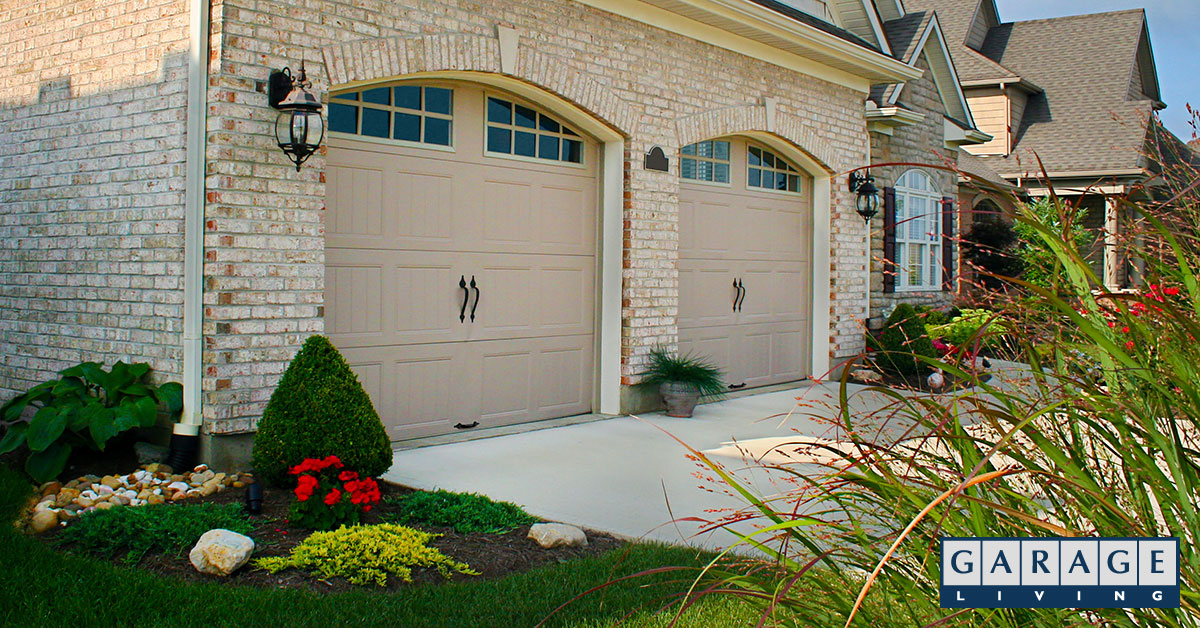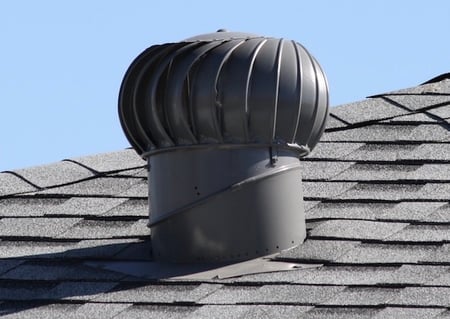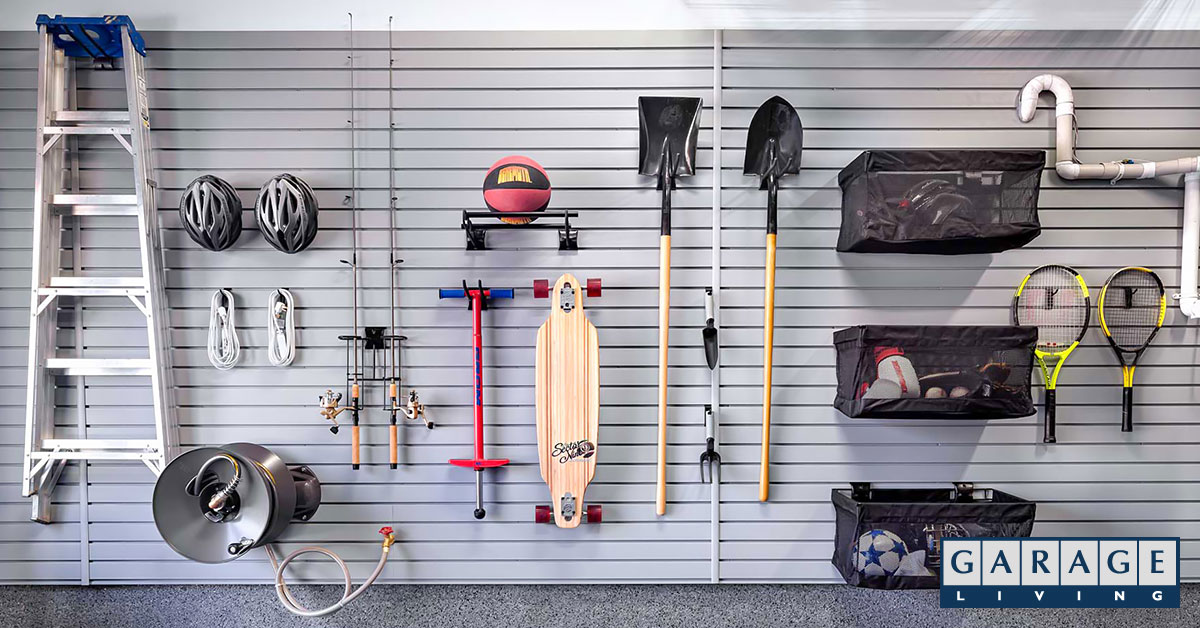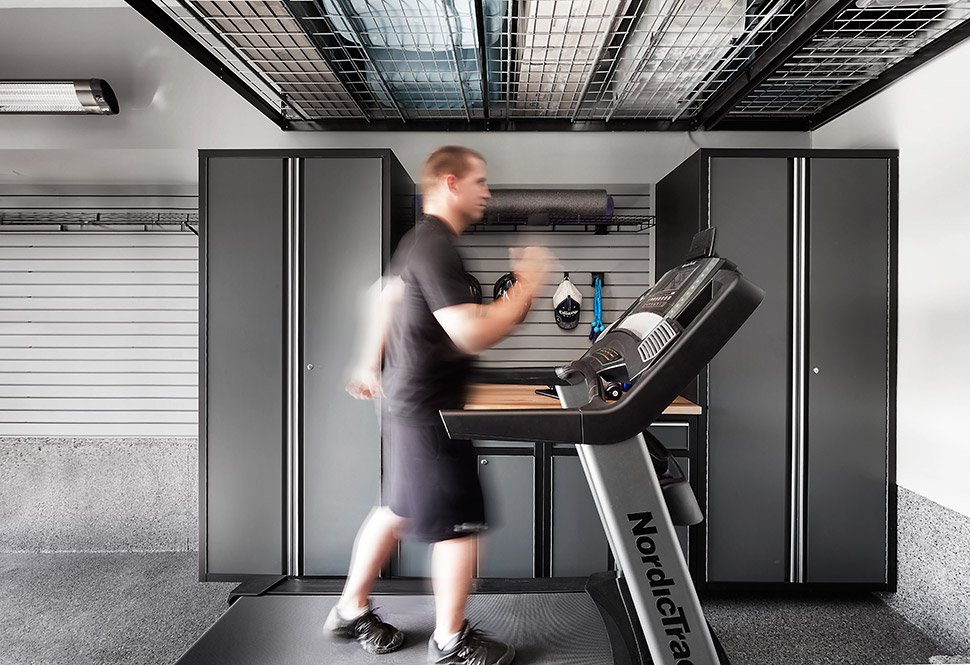
“Is it hot enough for you?”
No doubt, you’ve heard that question more than once during this heat wave being experienced throughout most of North America.
For many people living in northern climates with all-too-short summers, they’d rather deal with the heat than the cold and snow. When the temperature gets up to well over 100° F (40° C), however, that viewpoint can get seriously tested.
And for those living in year-round hot climates like Florida or Arizona, those few extra degrees on the thermometer during a heat wave can be downright unbearable.
Beat the heat with clever garage cooling solutions
Carrying out your daily tasks becomes rather unpleasant, especially when the humidity level is high. Extremely hot days are certainly a problem if you enjoy spending your free time in the garage.
Without air conditioning in your garage, its temperature can be as much as 10-18° F (5-10° C) warmer than the outside temperature.
Whether you like to spend time in the garage exercising, working on vehicles, crafting, or using it as a workshop, it’s no fun when oven-like garage temperatures restrict you from enjoying one of your passions.
It’s time to beat the heat by looking at some clever garage cooling solutions to improve your comfort level.
Why a garage can get so hot
Before we look at a few garage cooling solutions you should consider, let’s analyze the root of the problem. Numerous factors can affect a garage’s temperature, including:
- location of the garage (garages facing west are exposed to the sun’s intense late afternoon heat)
- garage colors (darker garage doors and garage exterior colors will conduct heat)
- whether your garage has any ventilation system
- parking your vehicle in the garage after using it on a hot day
- your garage’s insulation features
9 proven garage cooling solutions
Now that you know why a garage can get so warm, use the following garage cooling solutions to bring that temperature down.
Some of these cooling tips require no expense and just a little effort on your part, while others will involve a bigger investment.
The bottom line is, each measure you take to make your garage cooler will make a difference, whether it’s big or small. And when your garage gets as hot as a sauna, every little bit you can do helps.
1. Park your recently used vehicle outside
One of the easiest garage cooling solutions we can recommend is something you probably never even considered.
Simply leave your vehicle parked outside after driving it on a hot day if you plan to use the garage after getting home. Heat will radiate from a vehicle long after it’s been shut off, which can add a few degrees to your garage’s temperature.
Just remember to park your vehicles inside when you’re done. In addition to being safer, there are many other benefits to using your garage for parking.
2. Be smart about when you use the garage
Another easy way to make spending time in the garage more bearable when the weather is hot is to choose the most sensible time of the day to be in there.
Early morning (up until around 10-11 a.m.) is the best time, before the day’s temperatures really begin to rise. Before going out to exercise or work, you can open your garage doors for a little while to let out trapped heat from the previous day, especially if you have a well-insulated garage.
Between about 3-6 p.m. is the least advisable time to be out in your garage on a scorching hot day.
3. Fans are one of the least expensive garage cooling solutions
A top-to-bottom upgrade of your garage’s ventilation system and insulation might cost more than you’d prefer to spend. Using air conditioning in the garage might also be too cost prohibitive for your liking.
One of the cheapest garage cooling solutions you can use that’s still effective is a simple oscillating household fan. Pedestal fans, box fans, or (even better) a higher powered shop fan will get the air in your garage moving.
If you have more than one fan, place them at a window or at your open garage door to blow hot air from inside your garage to the outside. Another fan can be aimed towards the area of the garage you’ll be occupying in order to get a bit of a breeze blowing on you.
Note that using fans like this won’t actually make your garage’s temperature lower than the outside air. They’re simply generating airflow and providing at least a little relief from the heat.
4. Choose lighter colors for your garage doors and home exterior
You can make the outside of your home generate a little less heat from the sun by choosing lighter colors for your roof and exterior walls.
If you have a west facing garage and plan to use the space for extracurricular activities when the weather will be hottest, take that into consideration when buying new garage doors as well.
Depending on your home’s orientation, choosing lighter garage door colors can help. It may also be wise to choose a garage door design that doesn’t include windows or pick windows that minimize how much sun enters the garage. Talk to a Garage Living garage door expert to see what custom choices are available.
When buying a home, choosing a house location that offers more tree shade for the garage will also pay off when it comes to keeping the space cooler.
5. Upgrade your garage’s ventilation system
 A dedicated garage ventilation system, via passive and active methods, employs the fan-driven airflow concept.
A dedicated garage ventilation system, via passive and active methods, employs the fan-driven airflow concept.
Passive ventilation is normally installed on the roof and requires little to no energy consumption when dissipating heat from the garage’s attic. They’re most commonly seen in the form of those spinning turbine roof vents.
An active ventilation system is more complicated and pricier, but also more efficient at removing hot air from the garage because it’s mechanically powered.
This type of ventilation system can be installed on the roof and can also be installed in the garage’s walls, preferably opposite the garage door in a high position.
Make sure any active ventilation system is installed by a pro. They can use a lot of electricity and you don’t want to overload your electrical circuits.
6. Air conditioning is more costly, but also most effective
An air conditioning solution is another more costly option, but it’s also the most effective for bringing garage temperatures down quickly.
If your budget allows, your garage can be fitted for central air conditioning. Other air conditioning garage cooling solutions involve using smaller air conditioning units.
If you have a small garage with a window, a window-mounted air conditioner can nicely keep temperatures at a comfortable level while you’re in the garage. For larger garages (but not too large), a portable air conditioner with enough BTUs is more ideal. Remember that you’ll need outside venting access for this type of unit.
With any of these garage air conditioning options, you’ll want to ensure your garage is thoroughly insulated to keep the cool air inside.
7. Garage insulation is a key cooling factor
Most garages lack adequate insulation, if they even have any installed at all. This has major drawbacks if you’re using air conditioning in your garage.
Proper insulation will significantly reduce the amount of heat transferred from your garage’s exterior to its interior. Insulation will also keep the cool air from your air conditioner from escaping outside. When that happens, your cooling system has to work a lot harder, your hydro bill increases, and it takes longer to lower the garage’s temperature.
Consider adding insulation to your garage’s walls, ceiling, and garage doors. The type of material your garage door is made of can even be a factor when it comes to insulation. Wood, for example, is a natural insulator.
Effective weatherstripping and silicone caulk for your garage’s window and door frames will further improve your garage’s ability to stay cool.
All of these insulation improvements will help you year-round and lower your heating and cooling bills, as well as increase your home’s value.
8. Maintain a clutter-free garage space
Even cleaning up the clutter in your garage and keeping it more organized can help when it comes to improving the space’s airflow.
Stacked boxes and bulky items on the floor obstruct proper airflow and can contribute to poor air quality in the garage. Clutter in the garage also limits your ability to use it to its full capabilities.
Adding helpful garage storage systems such as cabinets, slatwall, and overhead storage racks will go a long way towards allowing you to keep your garage floor clear and tidy, with minimal effort. That will keep the air in your garage moving a lot easier.

Maintaining a tidy, clutter-free garage keeps the space’s airflow moving better.
9. Use a dehumidifier in the garage
If you reside in an area with high humidity, consider a dehumidifier for the garage.
By removing moisture from the air, you should notice a slight difference in temperature, especially with a good ventilation system in place.
A dehumidifier is also helpful year-round in the garage with its condensation-reducing benefits.
Get some relief with effective garage cooling solutions
Using these garage cooling solutions will make your time spent in the garage during hot summer days much more comfortable.
If you’re looking to improve not just your garage’s comfort level, but also its looks and functionality, Garage Living can help. Schedule your free design consultation with us today.
